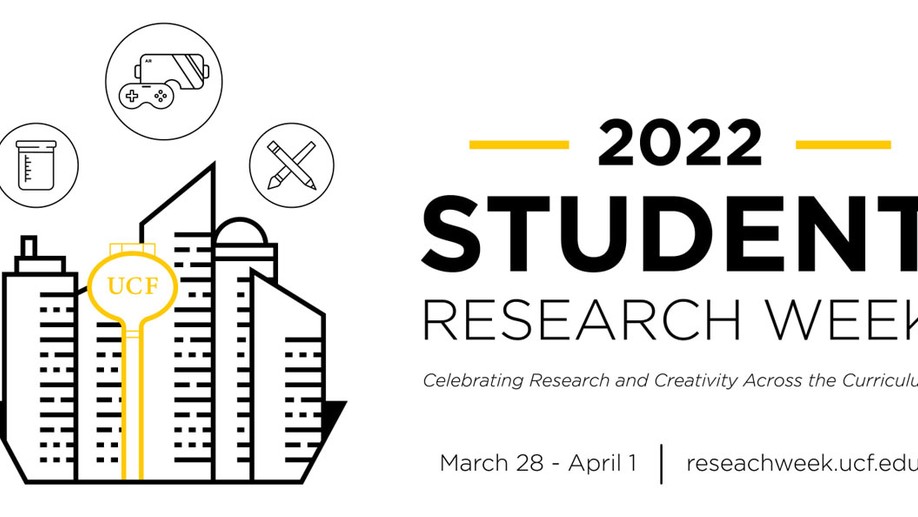2024

Dissecting Flood Losses Along the United States Gulf and East Coasts
Abstract Flood losses worldwide have increased over the last century, and they will continue to increase even under stringent climate mitigation and adaptation strategies. Along the United States Gulf and East coasts, flooding can result from various drivers including pluvial, fluvial, or coastal contributions and it can be caused by one or multiple of those drivers. Assessing how those flood drivers individually and combined cause flood losses in terms of property and crop damage, injuries, and fatalities is a challenging task.
2023
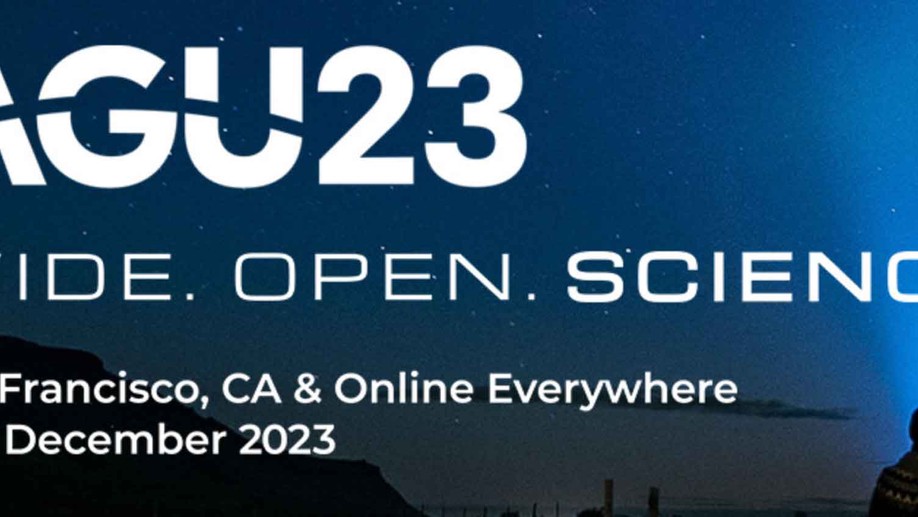
Assessing Socio-economic Impacts of Compound Flooding for U.S. Coastal Communities
Abstract Compound flooding, characterized by the simultaneous occurrence of multiple flooding drivers such as storm surge, heavy precipitation, and high river discharge, has become an increasingly pressing issue for coastal communities worldwide. The United States Gulf of Mexico and Atlantic coastal areas with densely populated low-lying coastlines are particularly vulnerable to these events. As climate change exacerbates the frequency and intensity of extreme weather events, the need to better understand and predict compound flooding impacts is more critical than ever.
2022
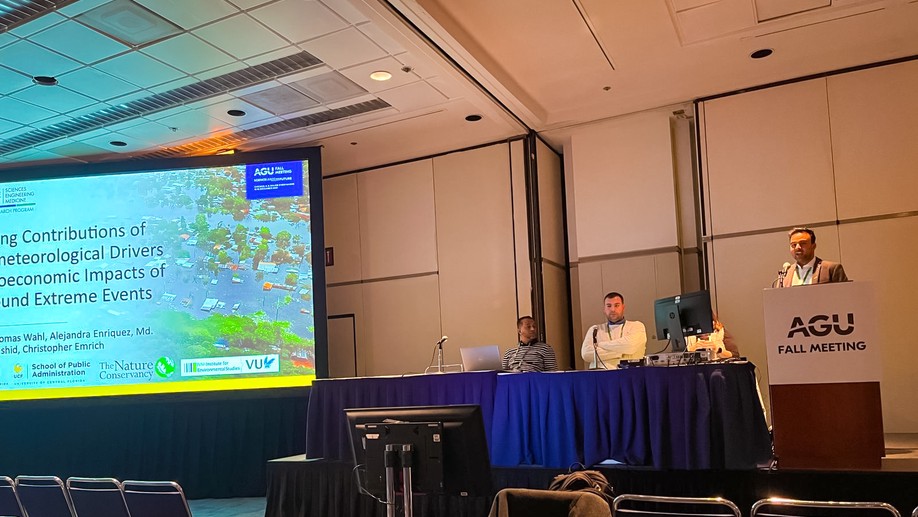
Assessing Contributions of Hydrometeorological Drivers to Socioeconomic Impacts of Compound Extreme Events



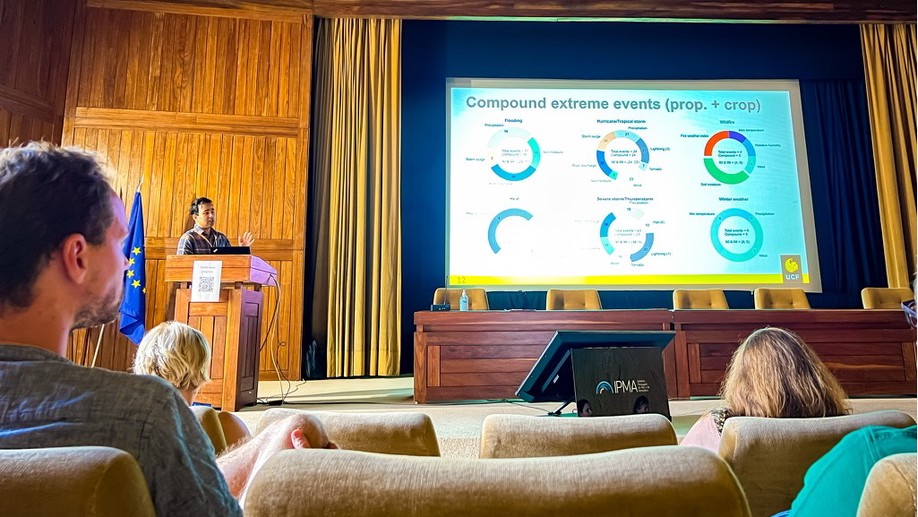
Contribution of hydrometeorological drivers to compound impacts of natural hazards: an impact-based methodology
This week, I attended the “DAMOCLES Final Conference: Perspectives and Ways Forward In Compound Event Research” in Lisbon, Portugal. There were many inspiring talks and presentations to get a deeper dive into the issue of compound weather and climate extreme events analysis, as well as many ideas to connect with my own research on the socio-economic impacts of compound hazards. I gave an oral presentation about my PhD research, in which I discussed our newly developed impact-based methodology that takes into account all relevant hydrometeorological drivers associated with various types of natural hazards, which allows us to identify the drivers that have contributed to the socio-economic impacts and determine whether these extreme events are caused by single (i.
2021
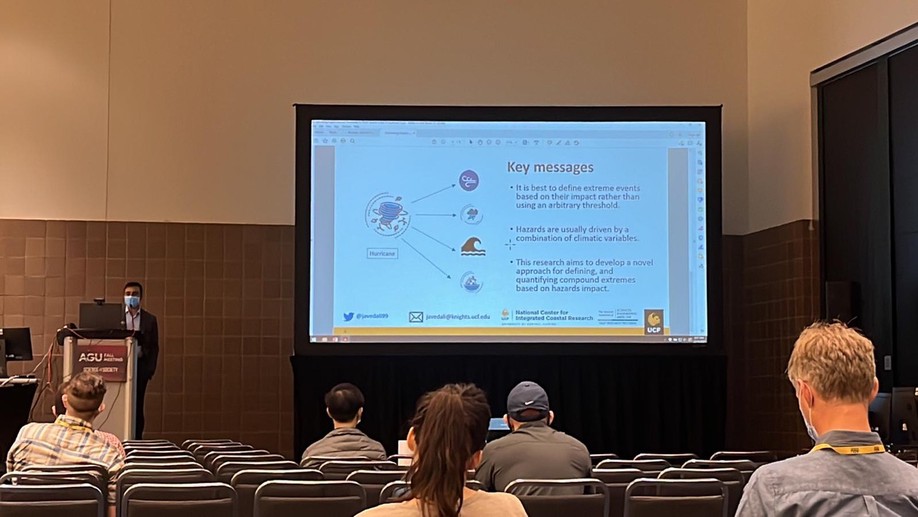
Estimating Impact Relevant Thresholds of Multi-hazards in the U.S. Southeast Coast

